
Do you finally want to go cruising with your own yacht, but can't find the right one among all the second-hand boats? OurYACHT expert tips to get you back on course. We reveal what you really need to look out for when buying and where hidden costs can lurk.
Inexperienced buyers are most afraid of buying aShip with osmosisto acquire. However, there is no need to be overly concerned. Only in a few, very advanced cases does osmosis actually represent aImpairment of seaworthiness of a yacht. Many owners continue to sail their boats unimpressed for decades and only treat the most pronounced blisters selectively during winter storage. Nevertheless, when inspecting a boat, you should look very carefully for blisters on the hull or repaired areas.What is osmosis anyway? Find out more in our osmosis special.
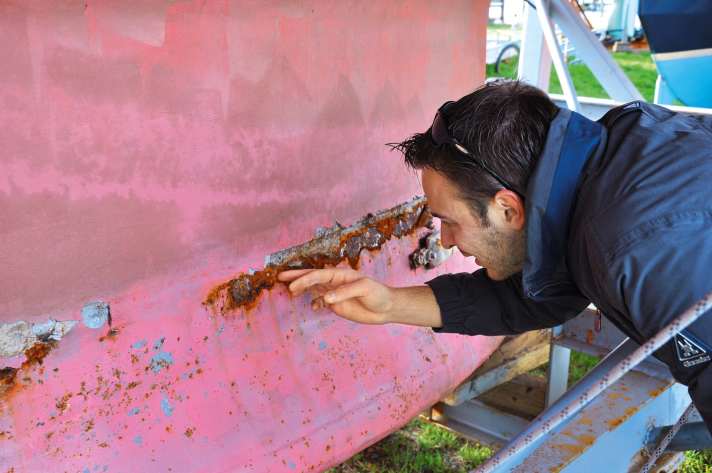
But osmosis is not everything: take the time to assess the overall condition of the yacht and ask questions, especially if you notice any "little things" that seem strange. You should pay particular attention to the areas listed below... This is even easier with our PDF checklist for theTest drive.
Continue reading on the next page.
Harmless scratch or serious damage?
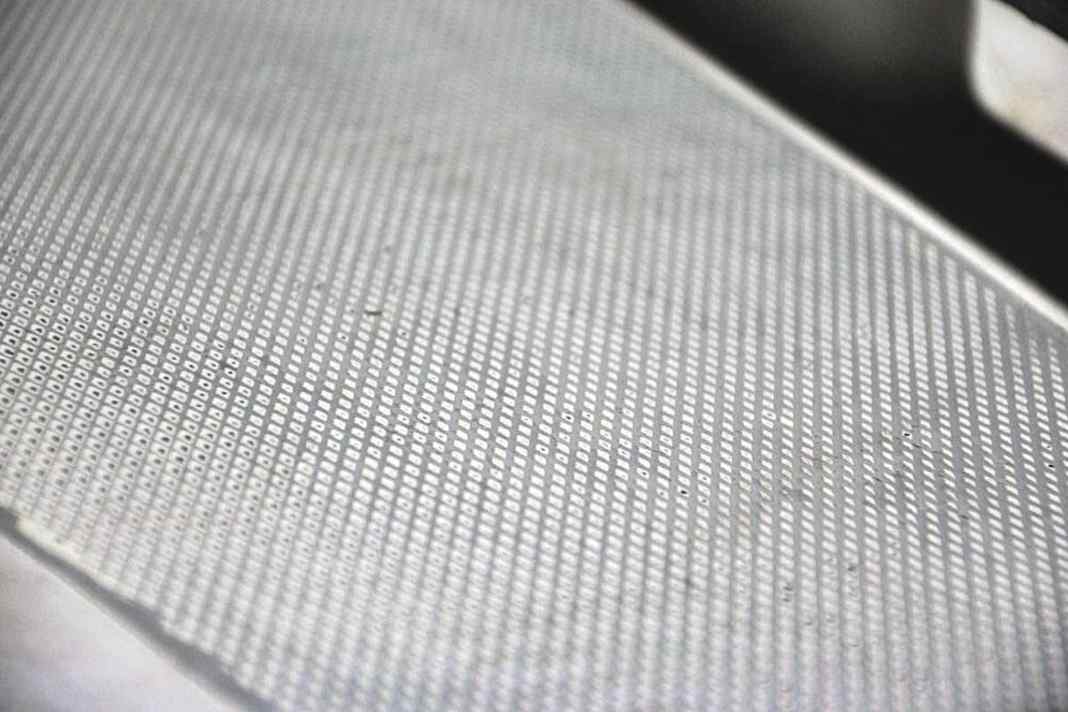





In most cases, imperfections in the deck can be repaired with gelcoat. However, it should be borne in mind that the colour tones are often difficult to match if the gelcoat has faded. Anda deck paint job for a ten-metre ship easily costs 12,000 euros. Do you want to repair the damage yourself afterwards? That's time-consuming, but much cheaper. With these instructions, you can repair even severe laminate damage yourself.
Many deck coverings on GRP yachts consist of gelcoat studs embedded in the mould. These wear out over the years. As a result, the deck loses its slip resistance. This is often not noticeable when inspecting the yacht in the hall, but it is during a test cruise. Prices for new decking vary from 20 euros per square metre (Kiwi-Grip) to 700 or even 1000 euros per square metre for a new teak deck.
Teak decks are also very high-maintenance - if they start to leak after a few years, they can be expensive to repair.
An intact rig as a fun and safety factor
Shrouds and stays should be replaced every ten years. Weak points become apparent at an early stage, for example rust on the pressings. Rubber covers over the shroud tensioners encourage corrosion as they create a damp environment. Lines and winches that are too weak or too few in number make handling more difficult and sooner or later make you want to replace them. Large investments are then also required. If the winches are merely stiff, they can be maintained quite easily. Look out for branded products that still exist today. Lewmar and Andersen also supply maintenance kits for 30-year-old models.
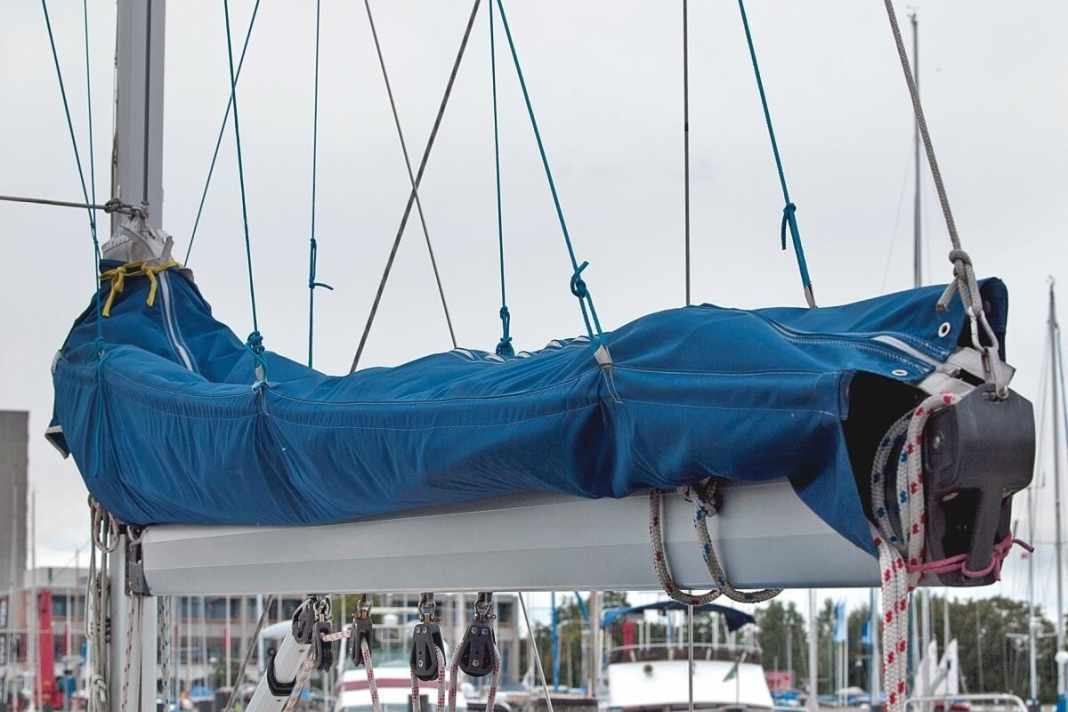




How you judge a sailing wardrobe is a question of preference. Anyone who sails regattas will turn up their nose at a five-year-old cloth, whereas cruising skippers are often satisfied even with ten-year-old cloths. Rust stains indicatePoor and damp storage of the sails but do not have to impair the function.
More than just a doldrums pusher
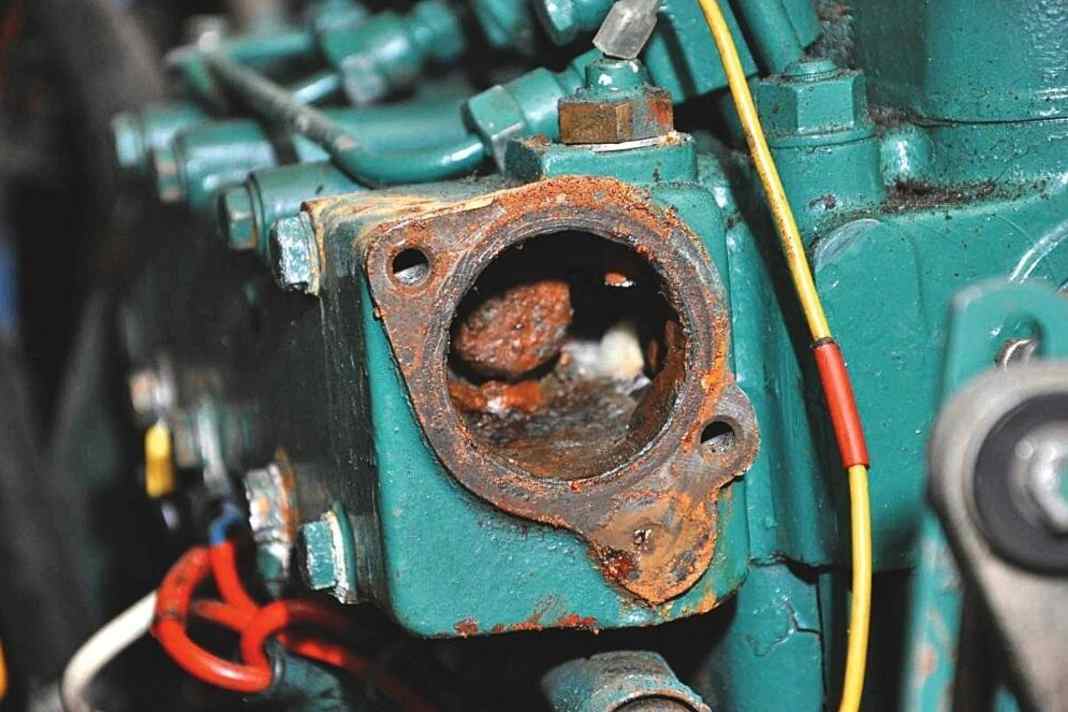



Inspectnot only the machine itself. The shaft tube and bearings should be checked for play. Up to half a millimetre is normal. Check saildrive sleeves for porosity. They must be replaced after ten years, which costs at least 500 euros. Also check the shaft seal to see whether it is maintenance-free or whether it is an old-fashioned stuffing box with a grease gun.
If an outboard motor is fitted, check it carefully too. Does the screw fit the drive purpose? If it is a shaft motor, check theShank for corrosion check, as permanent storage in water can cause pitting.
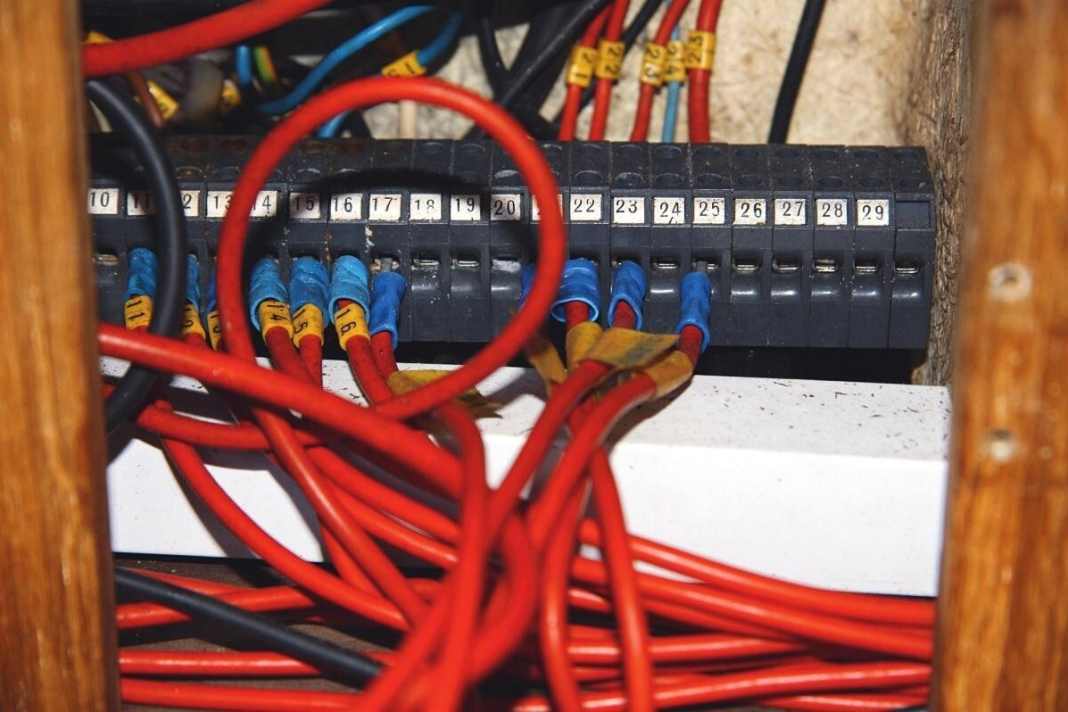




Hidden permanent fires? - Electrics on board
If cables are hanging loose, there is reason to fear the worst. in the swell can then cause short circuits occur. Check how the loads are fused. Fuses are outdated, circuit breakers should be standard. Also check whether the dimensioning of the cables is still sufficient despite the increase in consumers. If you already have plans for new installations, check whether these can even be realised at a later date.
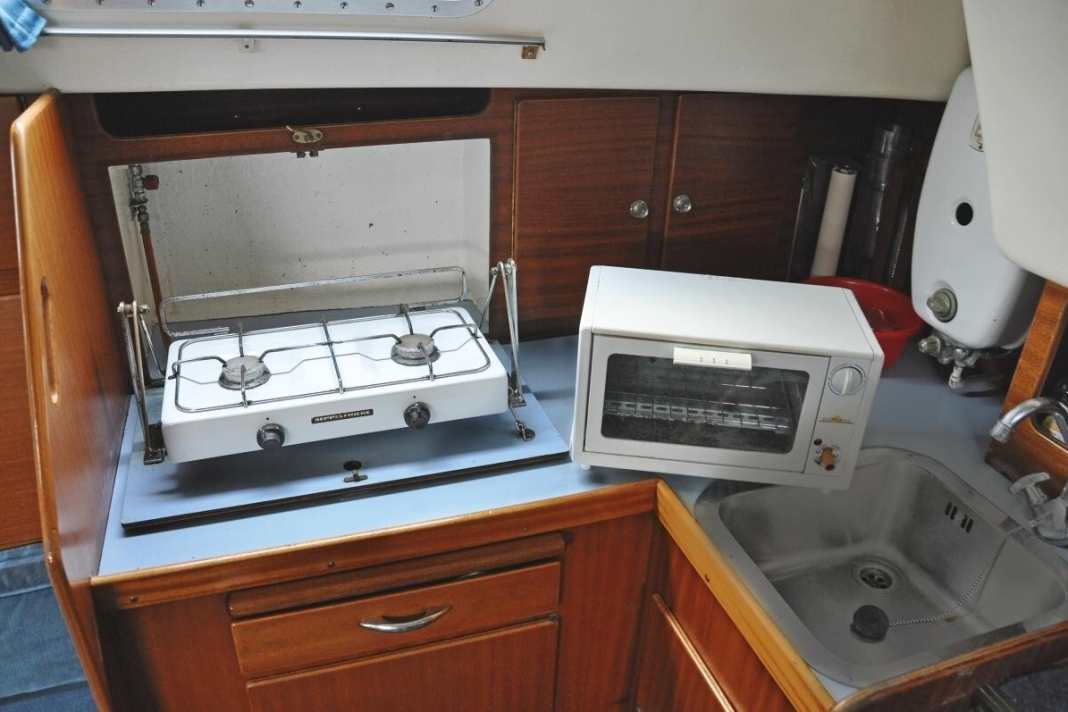




Surprises below deck? Take a closer look!
Sometimes a boat only floats because an old, hardened rubber hose is held on the sea valve by a rusty hose clamp. You should therefore check the valves that are rarely opened and are difficult to reach.
If a gas system is on board, it is essential to check that it has been installed correctly and to find out when it was last depressurised. The rubber hoses become hard and porous and should therefore be replaced every ten years. Drinking water tanks, boilers and old hoses are breeding grounds for legionella bacteria. Refrigerators are standard even in GRP classics. Switch them on at the start of the inspection and check the cooling capacity later. If it no longer cools properly but the compressor is working, a lack of coolant may be the cause.

